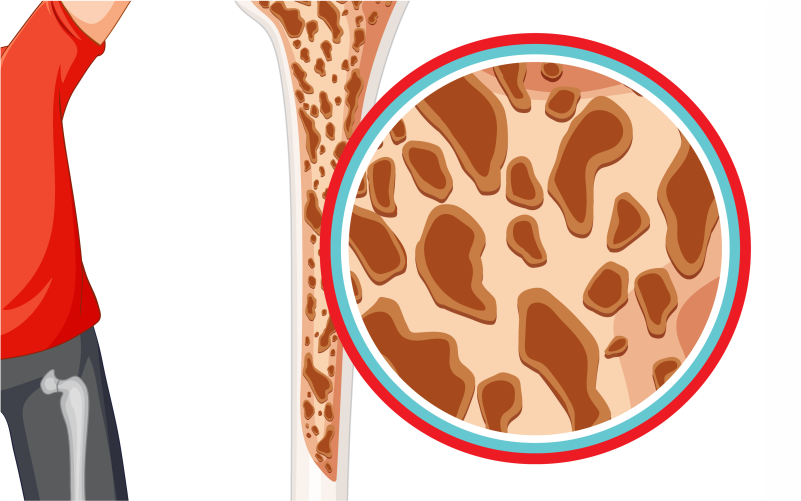Introduction
Osteogenesis Imperfecta (OI), often referred to as brittle bone disease, is a rare genetic disorder characterized by fragile bones that are prone to fracture easily. It affects individuals from birth and can vary widely in severity, impacting bone strength and overall quality of life. Understanding the causes, symptoms, diagnosis, treatment, and precautions associated with OI is crucial for managing this condition effectively.

Symptoms
Symptoms of Osteogenesis Imperfecta may include:
- Frequent bone fractures, often occurring with minimal trauma or even spontaneously.
- Short stature or other skeletal abnormalities.
- Loose joints or hypermobility.
- Blue tint to the whites of the eyes (blue sclerae).
- Hearing loss, particularly in adulthood.
- Dentinogenesis imperfecta, which affects tooth development and structure.
- Respiratory complications, such as breathing problems due to rib fractures.
Diagnosis
Diagnosing Osteogenesis Imperfecta typically involves a combination of clinical evaluation, medical history review, imaging tests, and genetic testing. X-rays can reveal bone abnormalities and fractures, while genetic testing can confirm the presence of mutations associated with OI.
Treatment
Treatment for Osteogenesis Imperfecta focuses on managing symptoms and preventing complications. It may include:
Medications: Bisphosphonates, such as pamidronate or zoledronic acid, can help strengthen bones and reduce fracture risk.
Physical therapy: Exercises to improve muscle strength, coordination, and mobility can help minimize fractures and enhance overall function.
Assistive devices: Braces, splints, or mobility aids may be recommended to support weakened bones and reduce the risk of injury.
Surgical interventions: Surgery may be necessary to stabilize fractures, correct deformities, or address other complications associated with OI.
Precautions
Taking precautions is essential for individuals with Osteogenesis Imperfecta to prevent fractures and minimize the impact of the condition on daily life. Some precautions include:
- Avoiding high-impact activities or sports that increase the risk of fractures.
- Using appropriate safety equipment, such as helmets and padding, during physical activities.
- Practicing fall prevention strategies, such as removing tripping hazards at home and using handrails on stairs.
- Maintaining a healthy diet rich in calcium, vitamin D, and other nutrients essential for bone health.
- Regularly monitoring bone density and overall health through check-ups with healthcare providers.
By understanding the symptoms, diagnosis, treatment options, and precautions associated with Osteogenesis Imperfecta, individuals and caregivers can better manage the condition and improve quality of life for those affected. It’s essential to work closely with healthcare professionals to develop a personalized treatment plan tailored to individual needs and circumstances.







